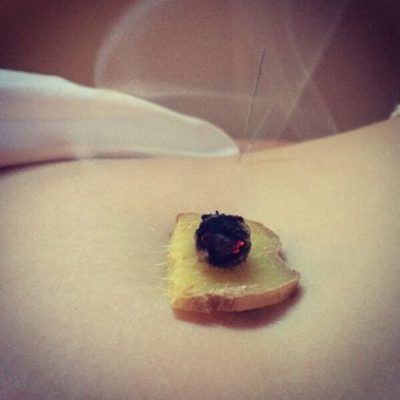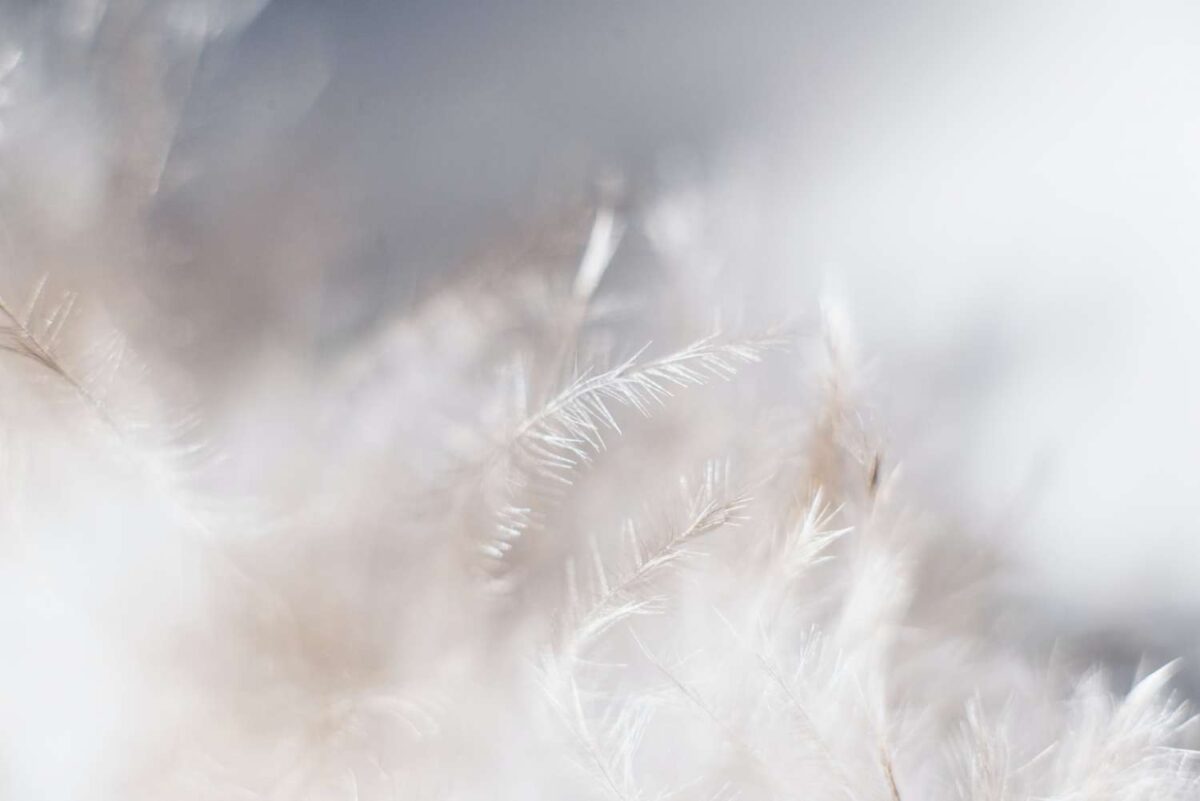Services
Smoke Therapy
Smoke Therapy: Unveiling the Healing Benefits
Smoke therapy, also known as Dhumapana, is an ancient Ayurvedic practice that has been used for centuries to promote physical and mental well-being. This therapeutic technique involves the inhalation of medicinal smoke to cleanse the respiratory system and balance the doshas (energies) in the body.
The tradition of smoke therapy traces back to India and is deeply rooted in the principles of Ayurveda, a holistic healing system. The practice makes use of specific herbs, plants, and other substances to produce medicinal smoke. These substances are carefully selected based on their therapeutic properties and ability to address various health concerns.
When engaged in smoke therapy, the medicinal smoke is inhaled through the mouth and directly enters the respiratory tract. This allows the active compounds of the herbs to absorb into the bloodstream and transmit their beneficial effects throughout the body. The primary aim of smoke therapy is to clear congestion, cleanse the lungs, and promote overall respiratory health.
One of the most well-known substances used in smoke therapy is herbal cigarettes. These cigarettes are typically made from a blend of medicinal herbs that possess unique healing properties. Herbs such as camphor, eucalyptus, lobelia, and honey are commonly found in these herbal cigarettes. Each herb contributes its own therapeutic benefits, such as relieving cough, reducing inflammation, and improving respiratory function.
The benefits of smoke therapy extend beyond the respiratory system. It is believed to have a positive impact on various aspects of health, including digestion, mental clarity, and stress reduction. The aromatic smoke generated during the therapy can help calm the mind, bringing about a sense of relaxation and tranquility.
Furthermore, smoke therapy is also thought to have detoxifying properties. The medicinal smoke has the ability to purify the environment by eliminating germs, bacteria, viruses, and other harmful pathogens in the surrounding air. This cleansing effect is particularly valuable during the flu season or in polluted areas.
Despite its long history and potential benefits, smoke therapy should be approached with caution. It is crucial to consult a qualified Ayurvedic practitioner or healthcare professional before engaging in this practice. They can assess your individual health condition and guide you on the appropriate herbs and substances to use during smoke therapy.
In conclusion, smoke therapy is an ancient Ayurvedic practice that holds numerous healing benefits. From aiding in respiratory health to promoting relaxation and detoxification, this therapeutic technique offers a holistic approach to well-being. However, it is important to seek professional guidance to ensure a safe and effective smoke therapy experience.
Smoke Therapy Inhalation Indication:
According to the Ashtanga Samagam of Vagbhata, Sutrashastha.
- Head, eye, and ear pain
- blindness and heaviness of the eyes
- Hemicranial (persistent unilateral headache)
- Rhinitis, cough, dyspnea
- Poor taste in the mouth
- Excessive salivation, voice disorders, the smell of nose and mouth, hiccups, throat diseases
- Toothache, loose teeth, loss of appetite
- loss of motion of the neck and lower jaw
- Bugs
- Itching
- Anemia
- Skin and hair disorders
- Absence of sneezing or excessive sneezing
- The stupa, more sleep
Asphyxia

- Types of smoke inhalationDiseases of Vata and Kapha origin affect some parts of the body above the shoulders.
- It is also used to strengthen and purify the head, skull, sensory organs, and mind.
Although smoke is derived from drugs that are cold viria (cold energy), coming into contact with fire, this semen becomes Virat (heat energy). Hence smoking increases bile and blood (blood).

Administration of smoke will cause upward tickling, fever, headache, difficulty sensory perception, dryness, and palatal blisters, feeling as if hot fumes are coming from the throat, vomiting, fainting, bleeding diseases, facial paralysis. And death can also happen.
In all these diseases, this bile is solitary or increases with Vata and Kapha. So with this in mind, ghee, decoction, nasal medicine, paste in the mouth, use of saliva of the eyes, pouring medicinal water on the body and others which are not mixed or mixed with mixed ingredients and cool (in nature and Emotion) should be used.

In particular, the smoke entering all channels causes severe pain, flatulence, redness of the eyes, indigestion, cough, tightness in the nose, and sourness in the alimentary tract.
In such situations, use of ghee, milk, sugarcane juice, grapes, and sugar; To cause vomiting with similar drugs, mouth soreness should be adopted with nasal medicines and pungent and bitter flavored drugs.
HERB SMOKE THERAPY
3 TYPES:
- shamma (suppressor) – Prayagika and Madhyama. – Gandus, after nasal.
- Brahman (strengthen) – snehana and mrdu.
- Shodana (purifying) – Virechana and Tikshna. – Bad colds etc.
This also:
- Kashghan (anti-cough)
- Vamana (Emetic)
- Vrna pans (fumigation for ulcers).
PRAYAGIKA (EVENING) DHOOM:
At the end of:
- Night
- Urination
- Elimination of feces
- Teeth cleaning
- Sud Medicine
- Nasal medicine
- Taking food
- Surgical Operation
Sheetal (Brahmin) Dhoom
At the end of:
- Sneeze
- sexual intercourse
- Laugh
- Sitting for a long time
- Yawning
- Urination
- Elimination of feces
- Tooth Wash
- Tarpan
- Putpaka (decoction and eye juice)
- Surgical Operation
Takshana (Shodana) Dhoom:
At the end of:
- Nasal medicine – (Nasya Panchakarma).
- Anjana
- Vomiting
- Bath
- Day sleep
IN THE ABOVE PERIODS, THERE WILL BE A SLIGHT INCREASE IN VATA AND KAPA (HENCE THE IDEAL TIME TO SMOKE).
Smoke inhaled through the mouth should only be emitted throughout the mouth, but not through the nose due to the risk of vision disorders.
Dosage: Inhalation is done twice – once a day and once at night.
The Snaihika (lubricated) dhuma should be performed in three or four inhalation bouts at a time and should be continued until all channels begin to drain the fluid. It should be taken only once a day and night. – Ghee is added.
The tick dhuma should be breathed through the nose only four times or until the person feels the lightness of the channels. It should be taken 3 or 4 x day and night.
Apan (one inhalation) = asepa (inhalation, suck) and visarga (exhalation, exhalation).
Tightening (anti-phlegm) dhuma is administered as follows:
- To burn the smoke of burning coal, it is placed in earthenware and fine powder or medicine tablets are put on the burnt coal.
- Another dish with a hole in its center is placed upside down on the first one, so lengthen the smoke only through its pouch to which the smoking tube is attached.
- The patient is asked to smoke by mouth only; When the chest is completely filled, it should be allowed to come out of the mouth.
- When medicines are burnt, some more powder is set on fire.
- Breathing should be continued until all doshas have been expelled or until the patient feels the lighthouse.
Vamana duma is performed in the same manner, but the patient has consumed thin crura (oatmeal).
Even Vrana dhuma (fumigation of ulcers) is performed in a similar way, to cleanse its wound and relieve pain.
Inhalation of properly administered smoke therapy will mitigate heart, throat, and sensory organs, lightness of the head, and defects and diseases caused by them.
Samana dhuma is indicated to reduce Vata and Kapha or to be personally healthy.
To reduce Kapha, Brahma Vata (Shaman) is ideal for Vata and Shodana (Virechan).
NEEM PASTE + DHUPAM (DHUNI) IS APPLIED TO THE RINGWORM.
Relevance Today
These days many people are practicing unsafe smoking.
The use of pipes and direct smoking is unsafe. In addition, most Dhuppana dishes call for honey, which is a very complicated process considering hot honey to be poison.
Smoking may promote harmful substances and/or more herbal smoking habits.
If someone wants to practice smoking, they can create smoke and indirectly inhale the smoke around them. Herbs like Guggulu, sambharani, frankincense (available in raw form in the herb Veda) can be sprinkled on coal as well as statically fumigated on the body. It is also good for burning in the room where newborns rest for anti-bacterial activity. The smoke emanating from the sacred and medicinal wood and substances burnt through the Yajna ceremony is also a medicinal function.
Discover more from DAD Ayurveda
Subscribe to get the latest posts sent to your email.








